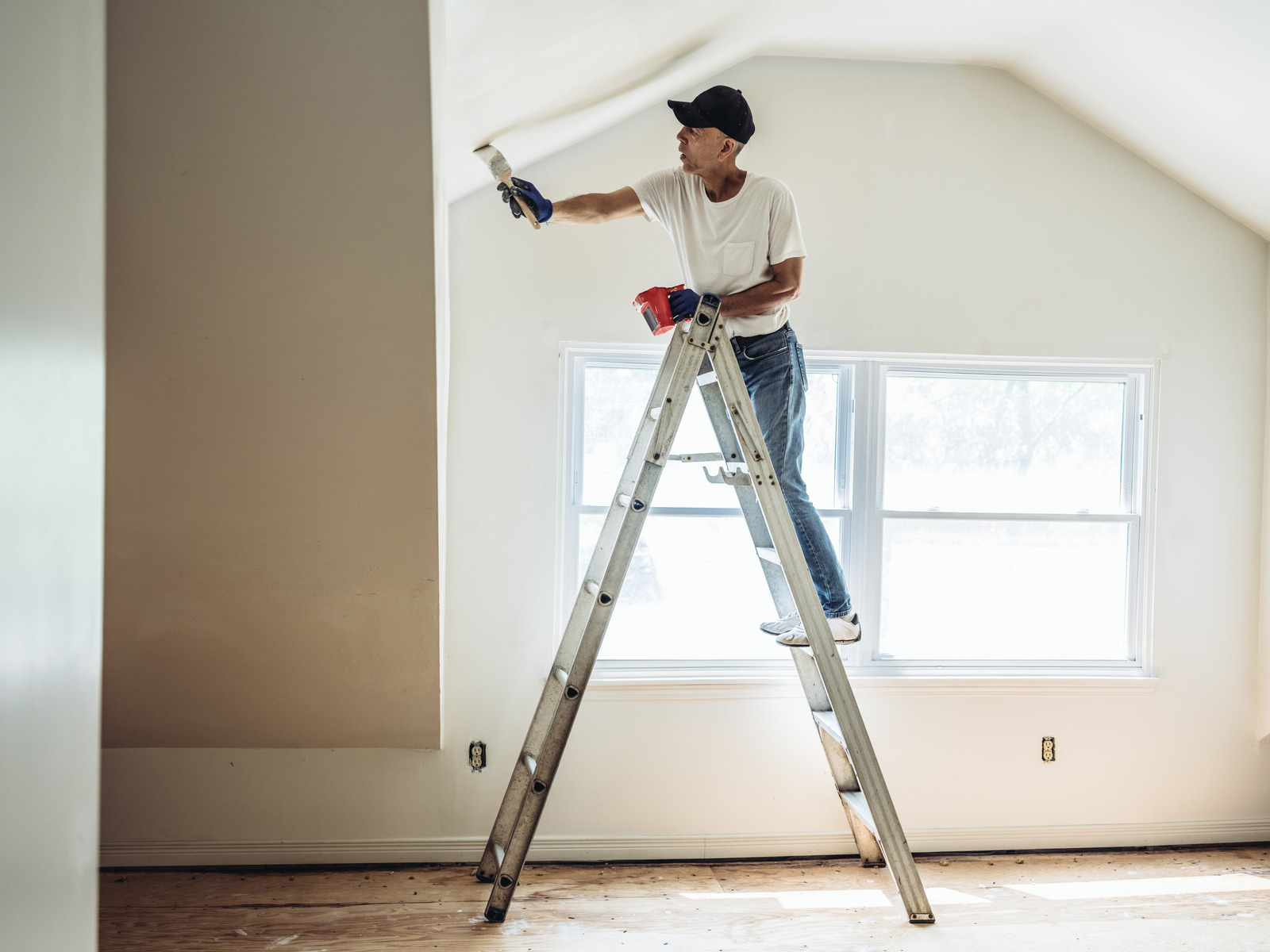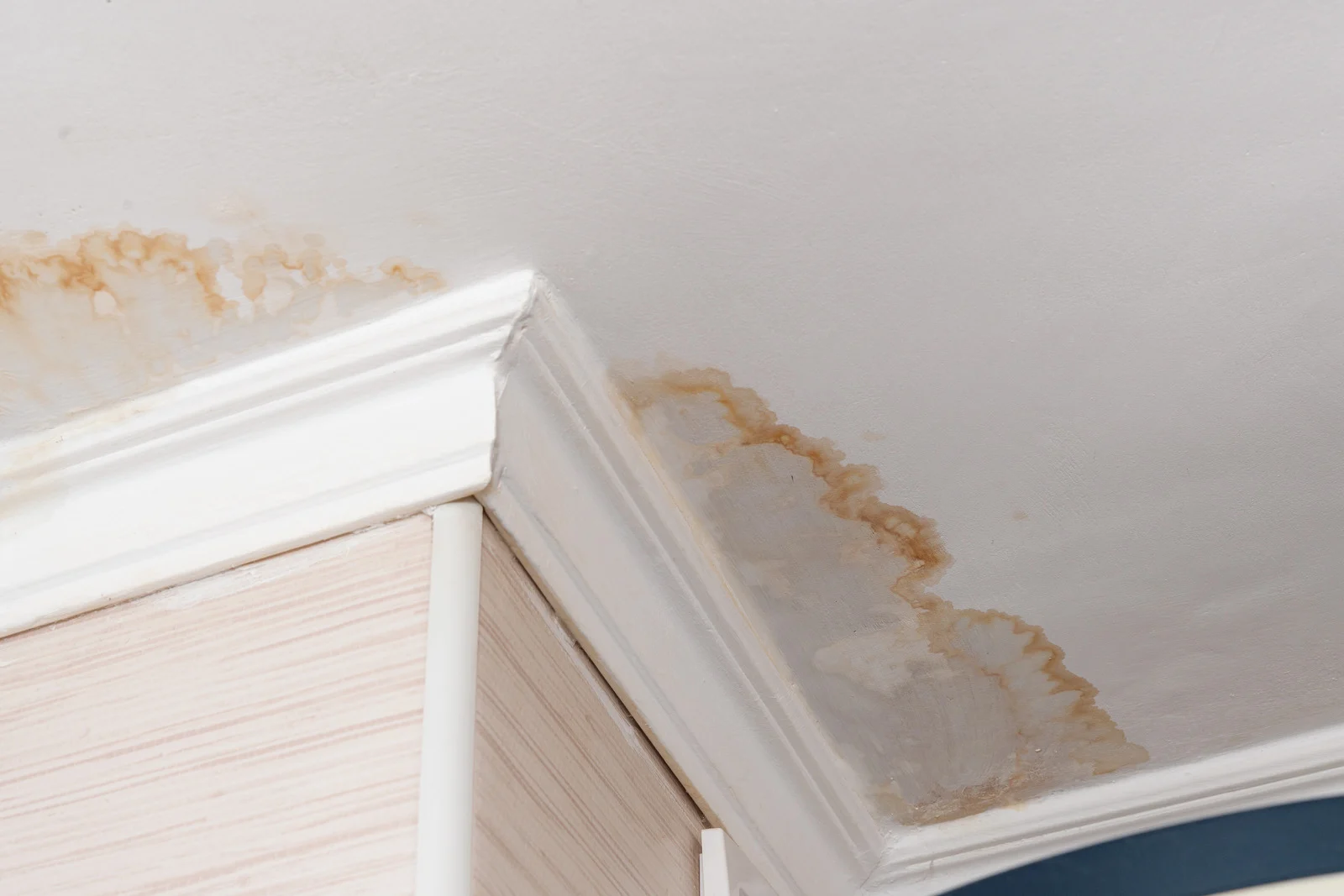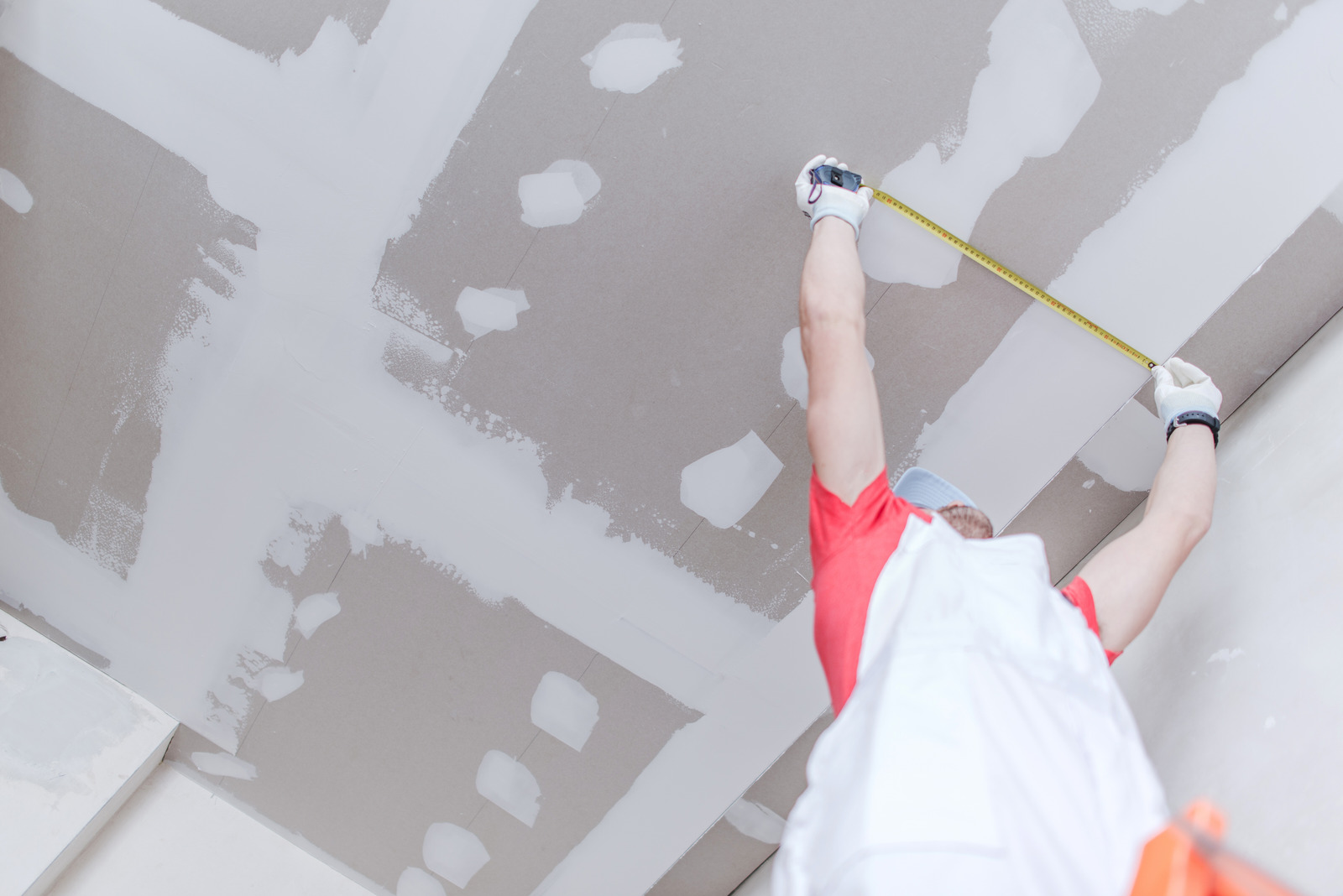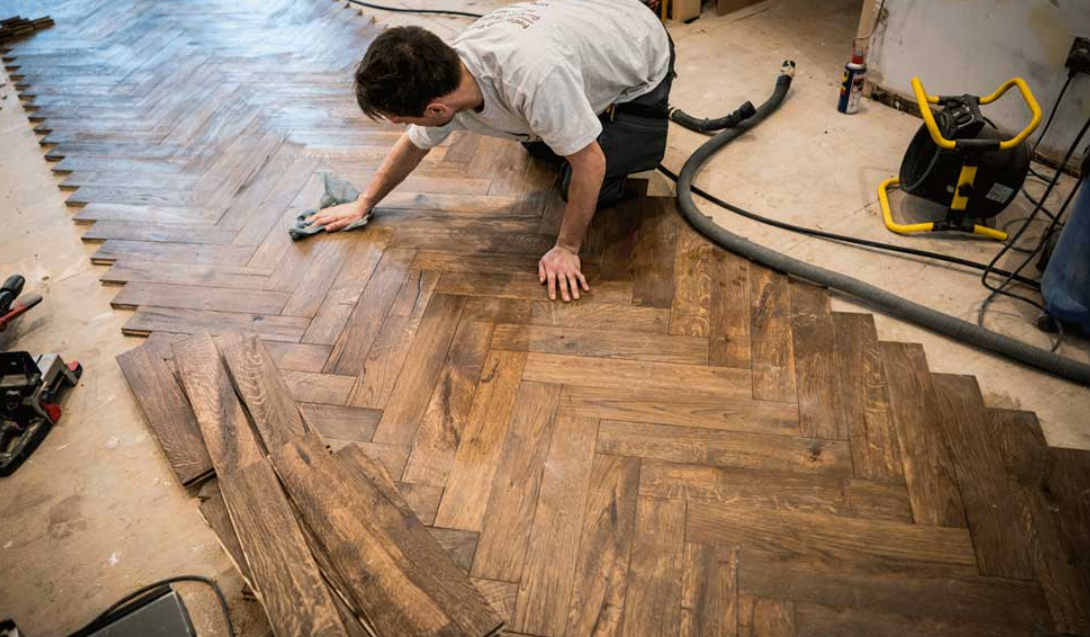
Common Signs Your Deck Needs Repair and How to Address Them.

Deck repair and installation
Deck repair near me
Deck installation near me
Deck contractor
wood deck repair wood deck installation services
new deck installation
Common Signs Your Deck Needs Repair and How to Address Them.
Decks are wonderful outdoor spaces that enhance the aesthetics and functionality of a home. However, like any other structure, they require regular maintenance and occasional repairs to ensure safety, longevity, and visual appeal. Understanding the signs indicating your deck needs repair and addressing them promptly can prevent further damage and maintain its integrity. Here are common signs your deck needs repair and how to address them:
Rotting or Decaying Wood: Wood rot or decay is a common issue, especially in older decks or those exposed to moisture. Signs of rot include soft, spongy, or discolored wood. Address this by inspecting the affected areas thoroughly. Replace rotted boards or sections, ensuring the new wood is properly treated and sealed to prevent future decay. Consider using pressure-treated or rot-resistant lumber for replacements.
Loose or Wobbly Railings and Balusters: Instability in railings or balusters is a safety hazard. Check for any wobbling or loose components. Tighten screws or bolts, replace damaged fasteners, and reinforce connections between railing posts and the deck frame. Ensure that the railing system meets local building codes for safety.
Cracks, Splits, or Warping: Weather exposure can cause wood to crack, split, or warp over time. Inspect the surface for signs of damage. Sand down splintered areas, fill cracks with wood filler, and smooth out warped boards. If damage is extensive, consider replacing affected sections to maintain structural integrity.
Corrosion or Rust on Hardware: Metal fasteners, brackets, or connectors that show signs of corrosion or rust weaken the deck’s structure. Replace corroded hardware with stainless steel or galvanized equivalents to prevent further degradation and ensure stability.
Loose or Sinking Deck Footings: Deck footings that sink or become loose compromise the stability of the entire structure. Check for any signs of sinking or shifting. If footings are sinking, consider adding support by pouring concrete or installing additional footings. For loose footings, secure them firmly to prevent further movement.
Mold, Mildew, or Discoloration: Moisture accumulation can lead to the growth of mold or mildew on the deck surface. Clean the affected areas using a mixture of water and mild detergent or a specialized deck cleaner. Use a pressure washer carefully to remove stubborn stains. Apply a mold and mildew inhibitor to prevent future growth.
Visible Signs of Insect Infestation: Insects like termites or carpenter ants can cause significant damage to wooden structures. Look for small holes, sawdust-like material (frass), or hollow-sounding wood, indicating insect activity. Consult with a professional pest control service to address the infestation and replace damaged wood if necessary.
Faded or Peeling Finish: The deck’s finish protects it from the elements. Faded or peeling paint, stain, or sealant indicates the need for refinishing. Clean the surface thoroughly, strip old finishes, and apply a fresh coat of high-quality stain or sealant to protect the wood from UV rays, moisture, and wear.
Visible Movement or Bouncing: Excessive movement or bouncing when walking on the deck indicates structural issues. Check for any joist or beam problems. Reinforce or replace weakened or damaged framing components to restore the deck’s stability.
Inspect for Water Damage Underneath: Examine the area underneath the deck for signs of water damage, such as mold growth, rot, or discoloration on the ledger board. Repair any damaged areas promptly and ensure proper drainage to prevent water accumulation.
Regular inspections and timely repairs are crucial in maintaining a safe and functional deck. For extensive repairs or structural issues, consider consulting a professional contractor experienced in deck repair to ensure proper assessment and resolution of problems, ensuring the safety and longevity of your deck.





